Starting out in digital marketing? Acronyms you need to know.
At Switch, we’re invested in helping our clients and colleagues understand the ever-evolving world of digital marketing. As with any industry, the realm of digital marketing comes with its own jargon and a slew of technical terms – not to mention acronyms.
In today’s post, we’re going to share some of the most commonly used acronyms in digital marketing – once you know them, you’ll have no trouble at all talking the walk...
Ten digital marketing acronyms worth knowing
1. CMS – Content Management System
An app (application) that makes it easier for those individuals who are not web designers to create and manage their websites. Think WordPress or Squarespace.
2. BR – Bounce Rate
When it comes to your website, the bounce rate refers to a visitor who lands on your site but leaves without clicking on anything. An email bounce rate refers to emails that don’t ever reach a valid inbox. No click means no sale and it’s worth investigating why this is happening.
3. CPC – Cost Per Click or PPC – Pay Per Click
This is a method of advertising. Advertisers only pay for their online ad space when someone clicks on their advert, not just when it is shown.
4. CTR – Click Through Rate
The number of people that see an advert or a link on a landing page and then actually click it to go further. It can be used to measure the success rate of a marketing exercise like an email campaign.
5. CR – Conversion rate
This number tells you how many potential online leads (clicks) are converted (become paying customers). This number can help you determine if you are getting the right kind of leads and if you need to change the way you engage with your target market.
6. CTA – Call To Action
This is the copy that encourages a visitor to your site to do something that will get them to engage with your service or buy your product. It could be in the form of a button to click, a link to follow, a download or a sign up form on a landing page.
7. RSS – Really Simple Syndication
An RSS feed allows you to organise your content automatically and for your subscribers to get notifications and updates from their favourite blogs, news feeds, and sites so that they always know when new content is online.
8. SMM – Social Media Marketing
Useful for networking, growing an organisation’s image, and connecting with target customers.
9. UX – User experience
The overall experience a user (or customer) has when using a product or service. A positive user experience (such as between an interested buyer and your website) helps to build trust and engagement, and can a long way to turning a potential customer into a loyal fan.
10. SEO – Search Engine Optimisation
Getting the right people to your site at the right times is a challenging task but not an impossible one. SEO is focused on pushing your website high on the list of search engine results for better visibility.
Bonus acronym(s) – Know the difference between B2B and B2C? B2B is ‘business to business’ where one business sells or markets their services to another business while B2C refers to ‘business to consumer’ which is a more traditional retail transaction.
When it comes to effective digital marketing, getting the terminology right is just the beginning. You have to know how to use all the methods and tools properly in order to get the best results. Want help with your digital marketing? You’ve come to the right place! As expert digital marketing consultants, we’re passionate about helping business owners and fellow creatives make the most of tools like websites, and we’d love to help you with yours!

